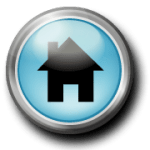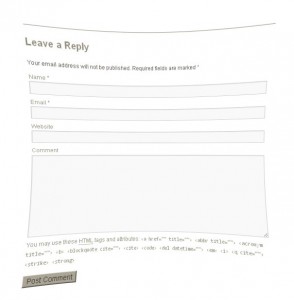Have you applied any SEO for your art website? You have probably heard the term and have even been contacted by some SEO company promising to get you to the top slot in search engine results – HA!
First off I should tell you what SEO for art websites is, we’ll get back to my “HA!” in a minute.
SEO is an acronym for Search Engine Optimization, where one optimizes their art website to make it not only search engine friendly but, first and foremost, visitor friendly.
This entails everything from incorporating keywords, (which are actual short phrases), into headings and content, to adding Alt and Title descriptions to links and images.

To have your art website indexed by a search engine, basically, what happens is that the crawler, robot, spider, what ever you want to call it, follows links, gathers info, and adds that info into the search engine database. As you know, Google is a search engine, as in Bing, and Yahoo, etc. In essence, crawlers find web pages, read what’s on them, and index that info into their database.
Search Engines index your art web page with the information you provide. Since the Internet is mostly a word-based medium and art websites consist mostly of images, and robots can not read images, and the only thing on your home page is an image, well, you can see where we are going with this.
A lot of art websites’ home page consist of either a single image or a slide show (they can’t read slide shows either). Robots can see that there is an image because they can read the image tag in the source code, but they have no idea what the image is about. It is true; search engine robots do not know that the single image on your home page is a blue landscape. You have to tell it by filling in the alternative and title attributes for each and every image on your art website. This is the way to have your images properly indexed, the way you want them indexed, by Google or any other search engine, for that matter.
Here is a list of what needs to be done to help index and rank any art website:
#1: SEO Friendly Images
Traffic to your art site can grow substantially with proper search engine indexing of your images. Using the Alt and Title descriptions is the way to do this and have your images indexed how and where you want them to be. Your images should also have your name and the name of the artwork in the title of the jpg. Like so: ©your-name-art-name.jpg
#2: Meta Descriptions:
Meta data tells search engines what your site is about and it shows up in search results, which in turn tells people what your site is about. You can hand craft this 140 character sentence, otherwise the search engine is just going to grab what ever text you have on the page, that is if you have any text on the page.
#3 Keyword Placement
Keywords are not actually single words, but groups of words or phrases. They pertain to the content and subject of the page and are what you think people will enter into search queries to find the information on your website. The higher up on the page the more prominant they become and subsequently more weight is assigned by the search engine.
#4 Using Heading Tags
If you have subheadings inside your post, make sure you actually tag them, and tag them according to a hierarchy. Search engines add value to headings but that doesn’t mean every paragraph gets a heading. On this page, for example, I have applied the H3 heading tag to this list as each item talks about a specific topic.
#5: Linking Strategy
Every time you link to a page, post or other site, you are passing “SEO juice” from every single page or post you are linking from. Having other sites link to your site also increases your relevancy in the eyes of search engines. “SEO Juice” is internet slang referring to the substance which flows between web pages via their hyperlinks. Pages with lots of links pointing to them acquire much ‘SEO Juice’ and pages which link to highly ‘juicy’ pages acquire some reflected ‘SEO Juice’.
#6 Use a SEO Plugin
A good SEO plugin can help cover your butt for those pages that you do not optimize by simply filling in the master template. There are a number of them out there and if you use WordPress for your art website, I recommend either All in One SEO or WordPress SEO by Yoast, both are free from WordPress.org.
The SEO for Art Websites Tutorial at the WordPress for Artists School, covers all the above topics, along with instructions on how to apply the techniques using WordPress.
There are SEO companies that will promise to get your website to the top of page one in Google. Typically they are using an obscure keyword, making it easy for them to increase your ranking for just that one keyword. But what good is it if nobody searches using that particular keyword.
Creating good content and optimizing your images for search engines is a way to provide SEO for Art Websites. Adding text to your images pages and sprinkling your content with good keywords is a bit of work, but if you write naturally, with a bit of practice, you’ll provide your site visitors with meaningful content and a memorable experience when they visit your art website.





 With WordPress.org or any blogging platform there is an area where visitors to you site can leave comments on your posts. It is usually found under the post with a form your visitors fill in with their website address, email (which is not published) and their comments.
With WordPress.org or any blogging platform there is an area where visitors to you site can leave comments on your posts. It is usually found under the post with a form your visitors fill in with their website address, email (which is not published) and their comments.

